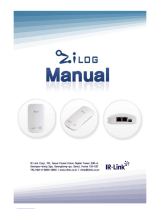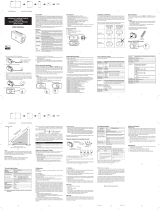
Zilog Standard Library API
Reference Manual
RM003805-0508 ZSL Overview
9
ZSL Debug and Release Version
There are two ZSL versions—the debug and release version available for
each Z8 Encore!
®
on-chip peripheral or device. The debug version of the
library is built to contain debug information without any optimizations,
whereas the release version is built to contain no debug information and is
optimized for speed. The debug version of the library is built with the
macro
DEVICE_PARAMETER_CHECKING defined (where DEVICE is any
device such as UART or GPIO), which is used by some of the APIs to
check for the validity of the parameters passed. This macro is absent in
ZSL release version, which does not perform any check on the API
parameters. Thus, there is a significant difference in overall size of the
generated library from the two versions. See individual APIs in this man-
ual to check whether an API uses the
DEVICE_PARAMETER_CHECKING
macro or not.
Building the Zilog Standard Libraries
You can develop applications using the APIs provided for specific
peripherals and make use of the Zilog Standard Library to interface with
the peripherals on the Z8 Encore! microcontrollers. However, for those
who require to customize the library files by modifying the source code,
this section describes how the modified library is built using the batch
files and ZDS II script files.
As a general rule, when the batch files are executed, the libraries for each
on-chip peripheral or device are rebuilt and copied into the
<ZDS
installation dir>\lib\zilog
folder. The source directory con-
tains one single batch file to build all the libraries of all the devices. Fol-
low the steps below to build the library:
1. Generating ZDS II project file: In this step, a ZDS II project is
created for the specific target microcontroller using a ZDS II script
file. The script file used for this purpose has the same name as the
calling batch file with a
.scr extension. The script file creates a
ZDS II project and configures the project settings for both the debug






















